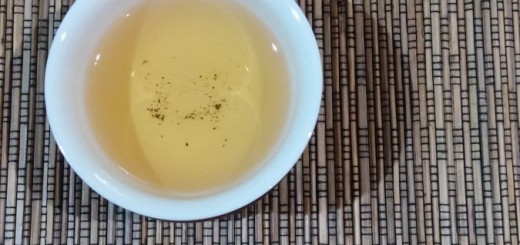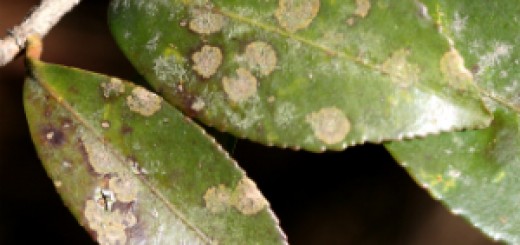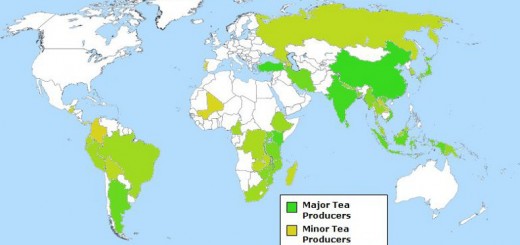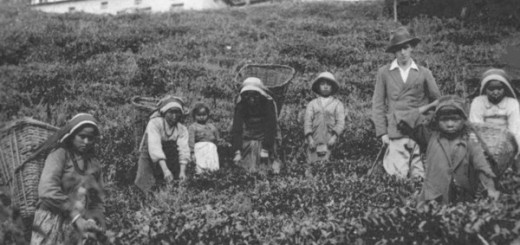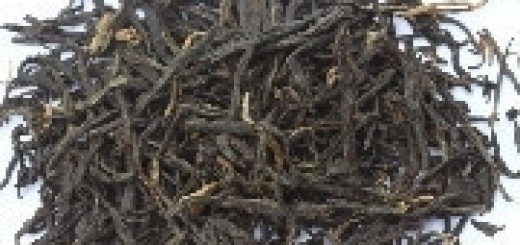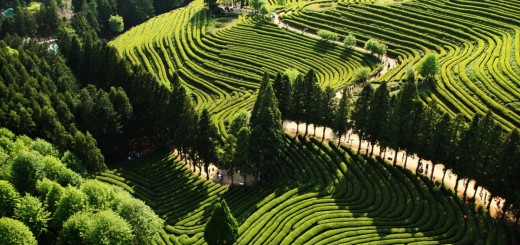Tea Cultivation and Propagation
The cultivation of tea has variants in their specific geographical location. Through trial and error and decades of cultivation has brought techniques that help Camellia sinensis flourish wherever it grows. But real tea is made from one plant so obviously there will be some crossover of preferences in ecological conditions.
Camellia sinensis has two specific variants that are grown for the tea. Camellia sinensis sinensis are the small leaved plants that are grown mainly in China and used for green tea while Camellia sinensis assamica are the broad leafed plants mainly grown in India used for making black tea. Tea prefers tropical to subtropical climates aiming for an ideal 50 inches of rainfall a year. it has a preference of PH to be around 5-7, and prefers partial shade of either woodlands or woodlands clearings. In W. Hadfield’s Shad in North-East Indian Tea Plantations, Hadfield describes the practice of intercropping that goes on to answer this call. “It was common practice to plant rows of leguminous rub between each two rows of tea crushes for the first 2 years in the field to provide shade for the young plants, the toppings from these shrubs being used as a mulch. (pg 150)” Tea prefers the partial shade in woodland soil but will also thrive in warm open well drained loam. Typically when tea will be planted in an area, the land will be cleared of all wood vegetation and up to 12,000 plants can be planted in one hectare. Camellia sinensis is almost always subject to heavy pruning and maintenance for a easily harvestable plants, but unpruned tea trees can grow up to 13ft tall. Propagation happens both by direct seeding or cuttings, but more often than not clonal plants are the main source of propagation in a large scale tea production. Seed germination of Camellia sinensis can take up to 6 months while non root stalk cuttings will propagate with easy; it is clear to see why cuttings would be the preferred method of propagation.
Tea has a long history of cultivation throughout Asia. Just as the preparation and consumption of the plant varies from culture to culture, the cultivation practices that go into it do too. While tea has preferences of conditions; planting, maintenance, and harvesting all vary from production site to production site. Though the practice of cultivating may vary, the experience of tea will always remain a universal pleasure for us all.
work cited:
“Tea. (camellia Theifera, Griff.)”. “Tea. (camellia Theifera, Griff.)”. Bulletin of Miscellaneous Information (Royal Botanic Gardens, Kew) 1888.15 (1888): 86–88. Web…
“Tea Cultivation in the Caucasus”. “Tea Cultivation in the Caucasus”. Bulletin of Miscellaneous Information (Royal Botanic Gardens, Kew) 1895.99 (1895): 58–61. Web…
W. Hadfield. “Shade in North-east Indian Tea Plantations. I. The Shade Pattern”. Journal of Applied Ecology 11.1 (1974): 151–178. Web…
